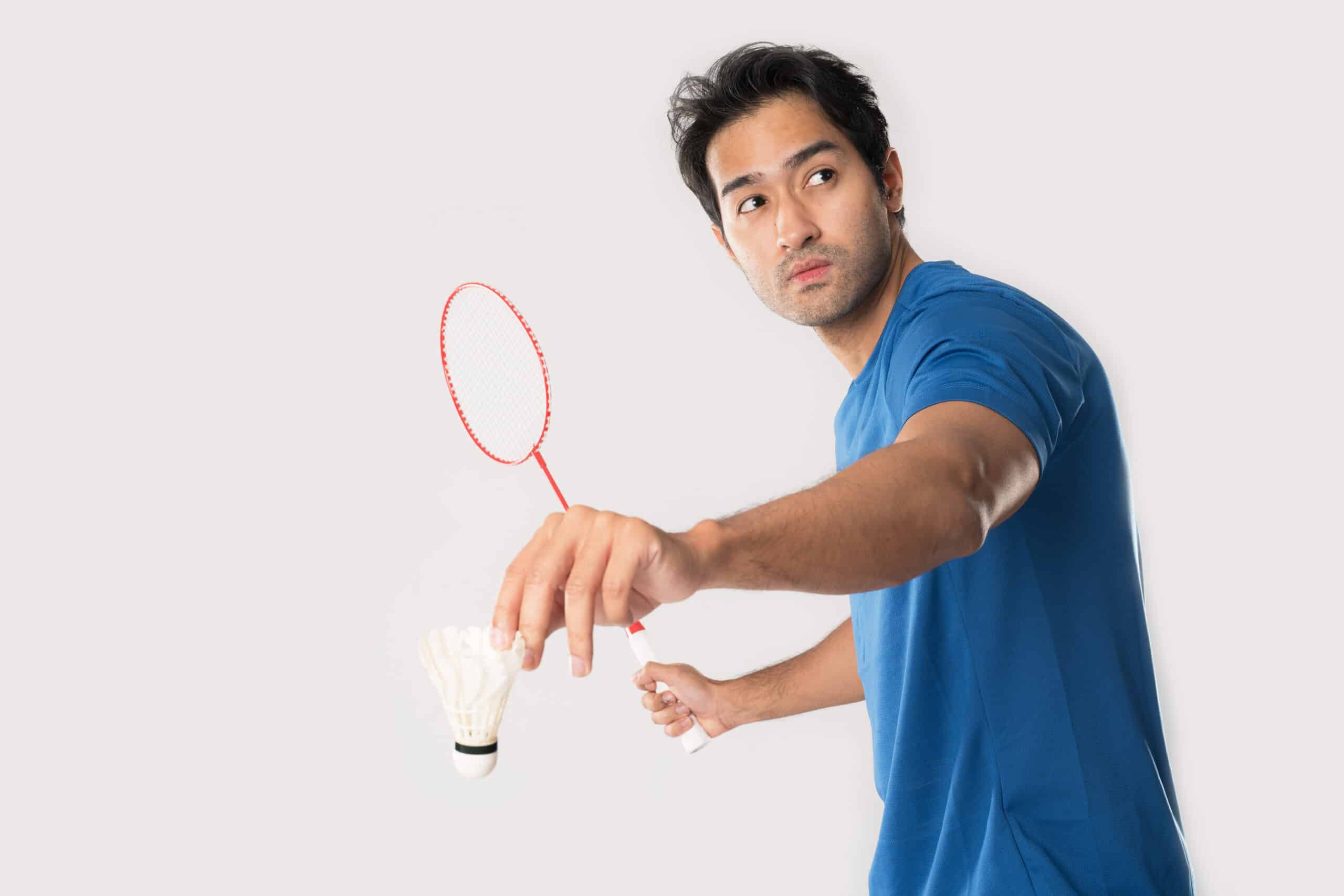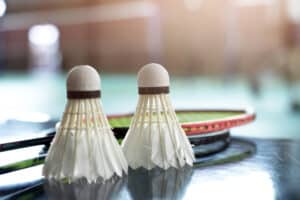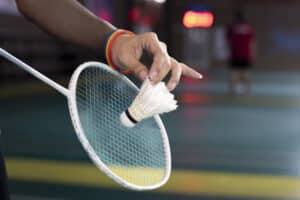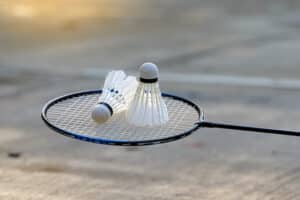What is the best way to hold a badminton racket?
Key Takeaways
- The forehand grip is the most effective technique for generating power and control in badminton.
- There are other grip variations for different shots, including the backhand grip, the smash grip, and various net shot grips.
- Beginners should focus on factors such as the relaxed grip, power grip, fingertip grip, practice grip transitions, and avoiding gripping too tightly to achieve a proper grip.
When it comes to playing badminton, holding the racket correctly is crucial for both power and control. With various grip techniques available, it’s important to understand the different types of grips and how they can enhance your game. In this article, we will explore the best way to hold a badminton racket based on expert advice and insights from reputable sources.
The Forehand Grip: The Key to Power and Control
According to the experts at Rackonnect, the forehand grip is the most effective technique for generating power and control in badminton. To execute the forehand grip:
- Hold the racket handle with your non-dominant hand.
- Ensure that the third bevel of the handle aligns with the base knuckle of your index finger.
- Wrap the handle with your fingers and press your thumb on the back surface.
This grip allows for precise and forceful shots, providing both power and control on the court.
Other Grip Techniques for Different Shots
While the forehand grip is the go-to technique for most shots, there are other grip variations that players use depending on the situation. According to Badminton Weekly, these include:
- The Backhand Grip: Used for backhand shots, this grip involves rotating your hand to the opposite side of the racket handle.
- The Smash Grip: Specifically designed for powerful smashes, this grip requires a firm hold on the racket handle to generate maximum force.
- Various Net Shot Grips: For shots close to the net, players utilize different grip techniques to achieve delicate control and precision.
Factors to Consider for a Proper Grip
According to Modern Badminton, beginners should focus on several factors to achieve a proper grip:
- The Relaxed Grip: Holding the racket with a relaxed grip allows for flexibility and quick changes between forehand and backhand grips.
- The Power Grip: Squeezing the handle tightly just before impact can generate more power, but it is important to avoid keeping a tight grip at all times as it can slow down your swing and tire your arm.
- The Fingertip Grip: Holding the racket towards the end of the handle with your fingertips provides better control, especially for delicate shots near the net.
- Practice Grip Transitions: Improving grip transition speed by practicing switching between forehand and backhand grips quickly and smoothly.
- Avoid Gripping Too Tightly: A tight grip can limit wrist movement and make it harder to control shots. Your grip should be firm but relaxed.
Regular Hand and Wrist Exercises for Better Performance
In addition to mastering the proper grip technique, it is important to maintain hand and wrist strength and flexibility. Regular exercises can help prevent injuries and enhance performance on the court. According to the information provided by Rackonnect, some recommended exercises include:
- Wrist Circles: Rotate your wrists in a circular motion, both clockwise and counterclockwise, to improve flexibility.
- Finger Flexion and Extension: Close your fingers into a fist and then extend them fully, repeating the motion to strengthen the muscles in your hand.
- Grip Strengthening: Squeeze a soft ball or a grip trainer to improve grip strength.
Conclusion
When it comes to holding a badminton racket, the best way varies depending on the situation and shot you want to execute. The forehand grip is generally considered the most effective for power and control, but backhand and specialized grips are also important for specific shots. It is crucial to find the right balance between grip tightness, flexibility, and control while practicing grip adjustments and transitions. Additionally, regular hand and wrist exercises can contribute to better performance on the court.
Related Websites:
FAQs:
Q: What are the different grip styles in badminton?
In badminton, there are two basic grip styles: the forehand grip and the backhand grip. The forehand grip involves placing the thumb and fingers in a specific position, while the backhand grip differs in thumb placement.
Q: How do I hold the racket using the forehand grip?
To hold the racket using the forehand grip, follow these steps:
1. Position the racket in your non-dominant hand with the head facing up.
2. Place your thumb against the back surface of the handle.
3. Wrap your fingers around the handle, with the index finger slightly separated from the other fingers.
Remember to maintain a relaxed grip for flexibility and maneuverability.
Q: What is the importance of finding the right grip?
Finding the right grip is crucial for comfort and effectiveness in badminton. Experimenting with different grip styles and adjusting them to personal preferences can enhance your performance. Seeking guidance from a coach or experienced player can also help fine-tune your grip for better control.
Q: What are some common mistakes to avoid when gripping a badminton racket?
Some common mistakes to avoid when gripping a badminton racket include gripping too tightly and incorrectly positioning the thumb. These mistakes can affect your performance and increase the risk of injury. Overcoming these errors through practice and awareness is essential.
Q: Why is mastering the proper grip technique important in badminton?
Mastering the proper grip technique is important in badminton because it allows for better control and performance. Holding the racket correctly enhances your ability to execute shots accurately and with power. It contributes to overall gameplay and success in the sport.






